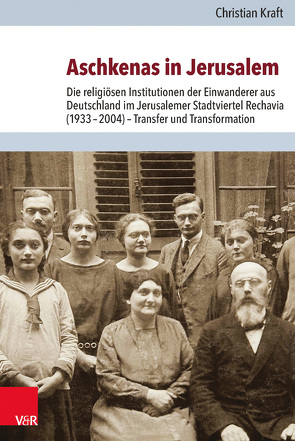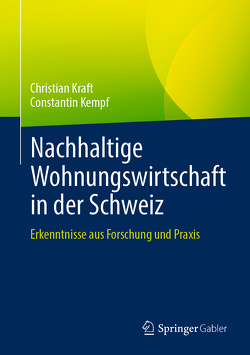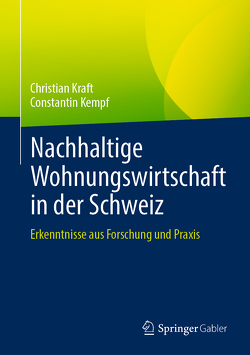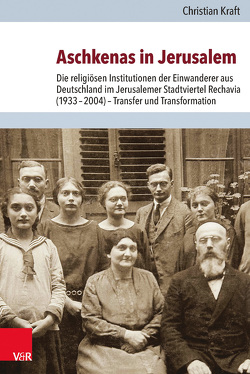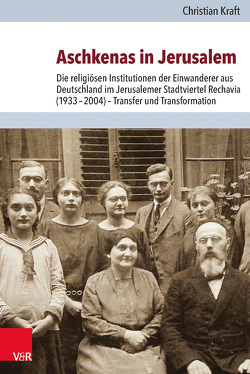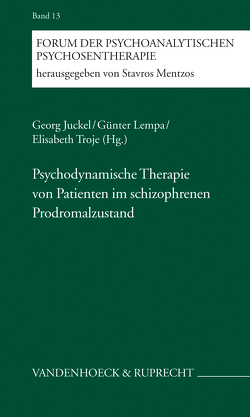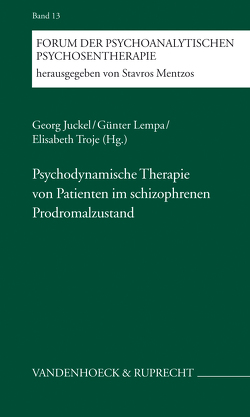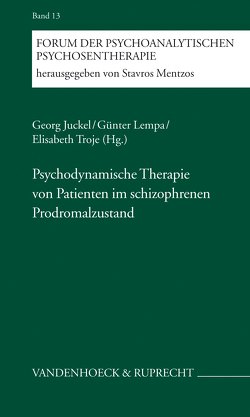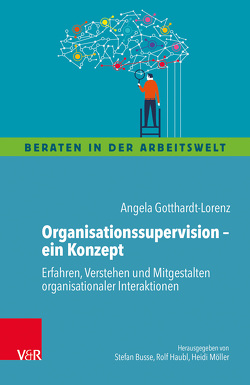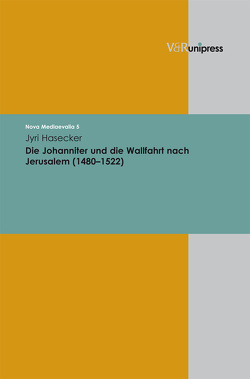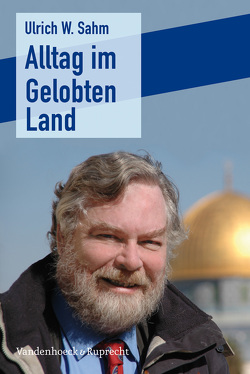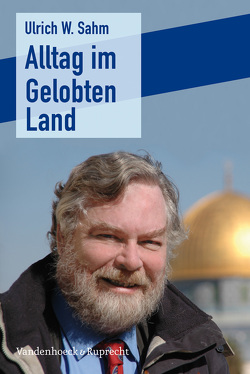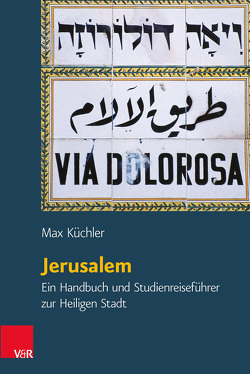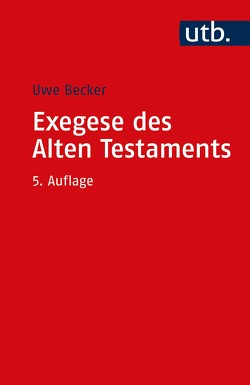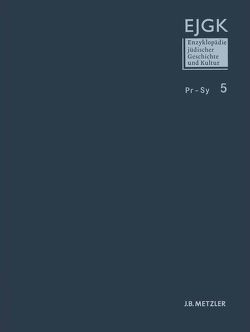Aschkenas in Jerusalem
Die religiösen Institutionen der Einwanderer aus Deutschland im Jerusalemer Stadtviertel Rechavia (1933–2004) – Transfer und Transformation
Christian Kraft
This work deals with strategies of Geman-Jewish immigrants in Jerusalem in the 1930s to rebuild their religious traditions brought from Germany – and thereby rescue the rich heritage of Aschkenas from the destruction by the Nazis. The immigrants tried to reach this by founding new synagogues or educational institutions with religious background. Although they came from different ideological backgrounds – some of them were rooted in different wings of German Orthodoxy, some of them were adherents of Liberal Judaism – with these institutions they all tried to contribute to the constitution of the Land of Israel. In the struggle for the establishment of their synagogues and schools manifold religious-political interrelations and conflicts from the 19th and early 20th centuries showed up which either had been taken in the symbolic package of the immigrants to Jerusalem. These conflicts – combined with the lacking willingness to integrate the German Jewish cultural artefacts into the religious life of the Jischuv – made the development of most of the immigrant institutions nearly impossible. However, especially the orthodox educational institutions managed to hold their ground – a phenomenon which will be analysed by this thesis.
